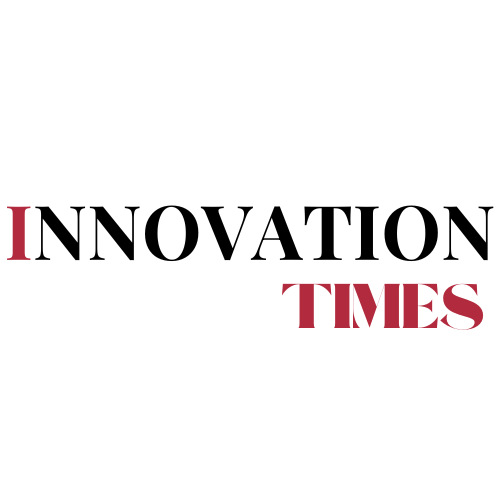In a promising sign for American consumers, inflation showed signs of slowing in February, offering a brief respite from the soaring costs that have dominated the economy over the past year. However, this temporary relief may be overshadowed by the looming threat of President Donald Trump’s escalating trade war and tariff plans, which could bring further price hikes and volatility to an already unpredictable market.
The latest data from the Bureau of Labor Statistics reveals that the Consumer Price Index (CPI) for February rose 2.8% compared to the same month last year, a significant cooling from January’s 3% increase. On a month-to-month basis, prices climbed by 0.2%, marking a sharp decline from January’s 0.5% rise. These figures surpassed economists’ expectations, who had forecasted a more modest 0.3% increase for the month and a 2.9% rise annually.
The market reacted positively to the news, with US stocks rallying after the report was released. The Dow Jones industrial average gained 140 points, or 0.3%, while the S&P 500 rose 1.1% and the Nasdaq Composite surged 1.9%. This marked a welcome rebound for investors who had endured three consecutive weeks of declines.
Several factors contributed to the slowdown in inflation, with two major ones being a reduction in grocery prices and a drop in gas prices. Consumers were also able to breathe a sigh of relief as egg prices showed signs of moderating, with the monthly increase slowing to 10.4% from the 15.2% surge observed in January. Still, eggs remain significantly more expensive, with prices up 58.8% compared to a year ago. The US Department of Agriculture indicated that wholesale egg prices had dropped sharply due to slowing outbreaks of avian flu, easing pressure on egg supplies.
However, despite these positive trends, there are still persistent concerns that inflation could rise again in the future. As many consumers know, food and fuel prices are often the most volatile, affected by unpredictable factors like extreme weather, geopolitical conflicts, disease outbreaks, and supply chain disruptions. These sectors frequently experience large swings, meaning that inflation in these categories can rapidly reverse any gains made in the broader economy.
When excluding food and energy costs, which are more prone to fluctuation, the “core” CPI also showed promising signs of cooling, rising by just 0.2% in February from the previous month’s 0.4%. Year-over-year, core inflation slowed to 3.1%, down from 3.2% in January.
Yet, despite these improvements, some sectors continue to apply pressure to household budgets. Greg McBride, chief financial analyst at Bankrate, pointed out that housing-related inflation remains a persistent challenge. Although shelter costs are increasing at their slowest pace in over three years, they are still outpacing wage growth. Other categories, such as motor vehicle insurance, repair costs, and utility bills like electricity and natural gas, are continuing to rise at an outsized pace. Egg prices, meanwhile, remain an issue in and of themselves.
As consumers and businesses begin to breathe easier with signs of inflation slowing, the broader implications of a trade war led by President Trump loom large. His tariff plans and trade policies could undo any progress made in curbing price increases, potentially leading to higher costs in a wide range of industries. The risks associated with these plans highlight the delicate balance the US economy faces, while inflation has slowed, the path forward is far from certain.
Stay ahead with the latest news on global innovation, leadership, entrepreneurship, business, and tech. Join us on WhatsApp or Telegram for real-time updates. Have a report or article? Send it to report@theinnovationtimes.com. Follow us on X (Twitter), Instagram, LinkedIn, YouTube, Pinterest, and Facebook for more insights and trends.



